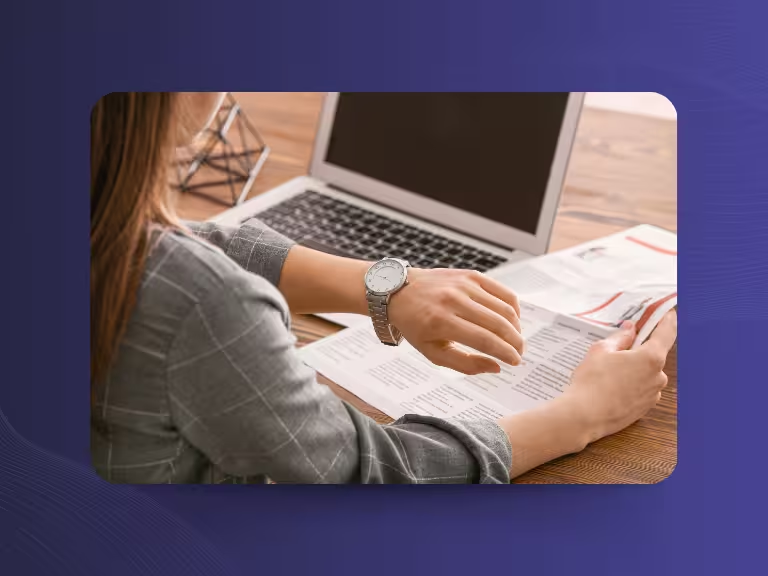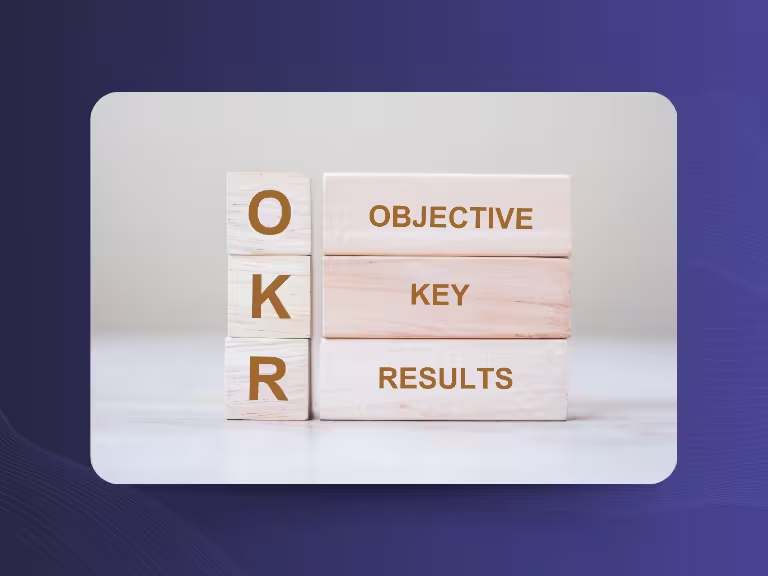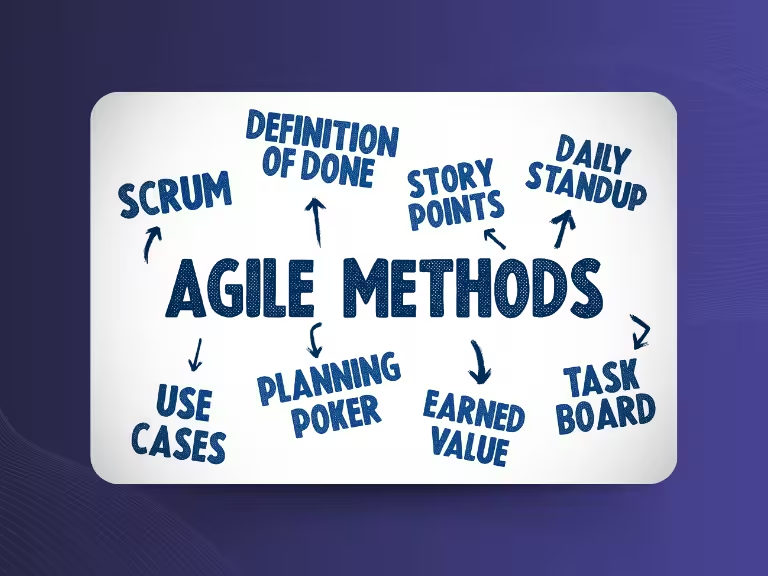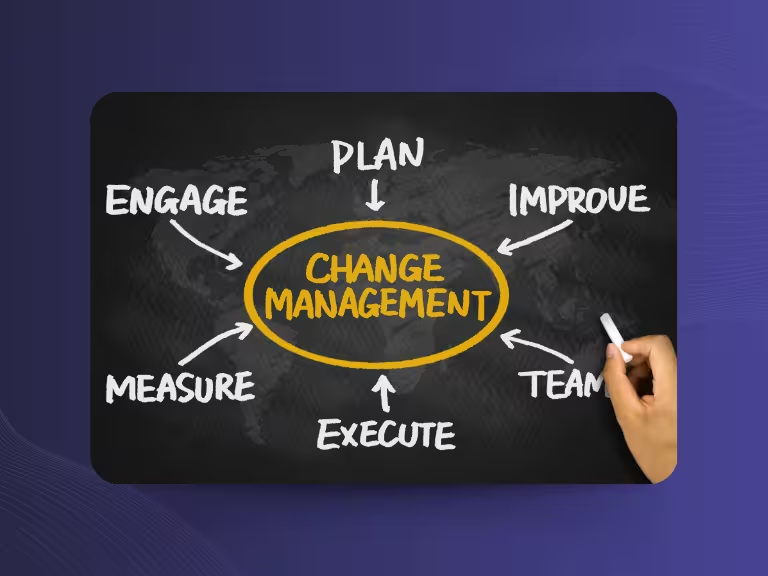Meetings are an integral part of modern work life – they serve coordination, decision-making, and exchange between teams. Yet too often they become time traps: poorly planned or overly long meetings not only waste valuable work time but also lead to declining productivity and frustration among participants. The question of the optimal meeting duration is therefore crucial for efficient collaboration and business success.
This article shows you how to determine the ideal meeting duration, which factors play a role, and how you can structure your meetings more productively with practical tips. From empirical insights about different meeting types to innovative technologies – here you'll find everything you need to know for successful meetings.
The Optimal Meeting Duration – Empirical Insights and Proven Recommendations
Ideal Length Based on Studies
Research results and practical experience clearly show: The optimal meeting duration lies between 20 and 60 minutes. This range considers various factors such as meeting type, number of participants, and complexity of topics.
For creative and strategic meetings, 45 to 60 minutes have proven ideal. This timeframe allows for thinking through complex topics, discussing various perspectives, and developing innovative solutions. Status updates and routine meetings, however, should be kept significantly shorter – 15 to 30 minutes are usually completely sufficient to convey all important information and make necessary decisions.
Connection Between Meeting Duration, Productivity, and Participant Engagement
A crucial factor for meeting efficiency is human attention span. Studies prove that participants' concentration noticeably decreases after about 30 minutes. Shorter meetings therefore promote better concentration and more active participation from all involved.
The risks of long meetings are manifold: fatigue sets in, discussions become ineffective, and the quality of decisions declines. Particularly problematic is so-called "decision fatigue" – the longer a meeting lasts, the more difficult it becomes for participants to make clear and well-thought-out decisions.
Meeting Planning and Structure – The Key to Efficient Meeting Duration
Importance of a Clear Agenda
A well-structured agenda is the foundation of every efficient meeting. It should be communicated to all participants in advance and contain clear time specifications for individual points. Define concrete goals for each meeting – this prevents digressions and keeps all participants focused.
Effective time management during the meeting is equally important: plan a realistic timeframe for each agenda point and consider small buffer times for unforeseen discussions. An experienced moderator can help keep the discussion on track and ensure that all important points are addressed.
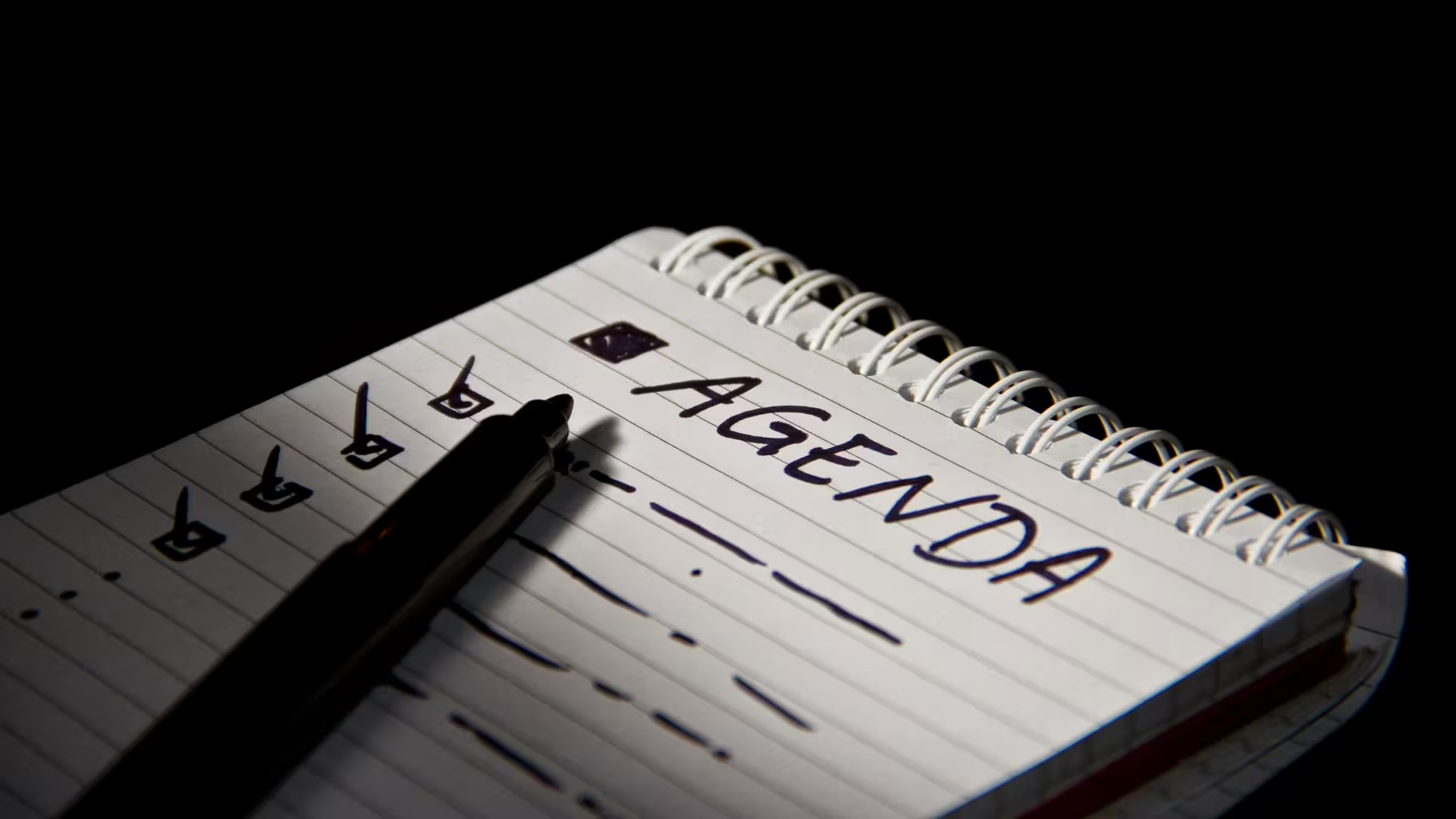
Optimal Meeting Time for Maximum Productivity
The timing of a meeting has significant influence on participant productivity. The ideal time window lies between 10 AM and 2 PM, as most people have their highest concentration ability during this time. Early morning hours should be avoided, as many employees are just slowly getting into work mode. Late afternoon times are also unfavorable, as attention frequently wanes toward the end of the workday.
Different Meeting Types and Their Optimal Duration
Creative and Strategic Meetings
Creative meetings and strategic planning sessions need more time for idea generation and thorough discussions. 45 to 60 minutes are appropriate here to give all participants the opportunity to develop and express their thoughts. Structured moderation is particularly important – it directs creativity into productive channels and prevents the discussion from going in circles.
Breaks are indispensable for longer creative meetings. They give participants the opportunity to organize their thoughts and recharge their energy. Creative methods like brainstorming techniques or design thinking can help optimize time usage.
Status Updates and Routine Meetings
For status updates and routine meetings, 15 to 30 minutes are completely sufficient. The focus should be on clear facts and quick decisions. Digital dashboards and project management tools can help present information quickly and clearly, which can further shorten meeting duration.
Internal Workshops and Brainstorming Sessions
Workshops and brainstorming sessions require a more flexible approach to time planning. Nevertheless, clear time windows should be defined to maintain focus. Regular breaks to regenerate attention are particularly important here and should be firmly integrated into the schedule.
Innovative Approaches and Technologies for Optimizing Meeting Duration
Use of Meeting Tools and Digital Support
Modern technologies can significantly contribute to optimizing meeting duration. Video conferencing tools like Zoom or Microsoft Teams offer integrated timer functions that help maintain planned time. Collaborative documents and project management software like Trello or Asana enable information gathering before the meeting and quick access during discussions.
Particularly valuable are automated meeting protocols and summaries. Tools like Sally can record meetings, transcribe them, and automatically create structured summaries. This not only saves time during the meeting but also improves the traceability of decisions and tasks. Participants can focus completely on the discussion instead of taking notes.
Alternative Communication Forms
Not every piece of information requires a personal meeting. Asynchronous updates via video messages, chat, or email can replace many short routine meetings. This reduces the number of personal meetings to actually necessary discussions and strategic decisions.
The advantages are clear: flexibility for all involved, significant time savings, and better preparation, as everyone can process information at their own pace. Particularly in international teams with different time zones, asynchronous communication forms can significantly improve collaboration.
Cultural Differences, Long-term Consequences of Inefficient Meetings, and Continuous Improvement
Cultural Influences on Meeting Duration and Design
Cultural factors play an important role in meeting design. In Asian cultures, longer meetings are often preferred, as they are seen as a sign of respect and thorough treatment of topics. Scandinavian countries, on the other hand, are known for their efficient, short meetings.
For international teams, it's important to consider these cultural differences and make sensitive adjustments to meeting culture. An open dialogue about expectations and preferences can help find a compromise acceptable to everyone.

Risks and Consequences of Too Long or Ineffective Meetings
The long-term consequences of inefficient meetings are severe and often underestimated. "Meeting fatigue" is a widespread phenomenon that leads to declining motivation, increased stress, and poor decision quality. Employees who regularly sit in unnecessary or poorly managed meetings often show lower job satisfaction and productivity.
For companies, this means not only direct costs from wasted work time but also indirect costs from declining employee motivation and poorer results. Investment in better meeting culture therefore pays off in the long term.
Strategies for Sustainable Meeting Optimization
Sustainable improvement of meeting culture requires regular evaluation and adjustment. Feedback surveys and open discussions about meeting design can provide valuable insights. Based on these results, meeting times and formats should be continuously optimized.
Training and awareness-raising for efficient meeting design are also important building blocks. When all employees understand and can apply the principles of efficient meetings, the entire company's meeting culture improves.
Practical Tips for Implementing Optimal Meeting Duration
Implementing the optimal meeting duration requires a systematic approach. Set clear time limits between 20 and 40 minutes as standard and adjust these according to meeting type. Communicate agenda and goals bindingly to all participants in advance.
Consciously plan your meetings in the ideal time window between 10 AM and 2 PM. Use digital tools for support: timers for time measurement, protocol automation through tools like Sally, and collaborative software for working together on documents.
Regularly check whether routine information can also be conveyed through alternative communication channels. Consider cultural particularities in international teams and regularly evaluate your meeting culture to continuously improve it.
Summary / Conclusion
Optimal meeting duration is not a rigid concept but varies according to objectives and meeting type. Most efficient meetings last between 20 and 60 minutes, with status updates being significantly shorter and strategic discussions somewhat longer.
Productivity and engagement can be significantly increased through clearly structured agendas, conscious time planning, and targeted use of modern technologies. Meeting tools and alternative communication forms help make meetings more efficient and avoid unnecessary meetings.
Cultural sensitivity and continuous evaluation are crucial for sustainable success and employee satisfaction. With targeted planning and consistent implementation, companies can save significant time and resources – for better collaboration and results. A conscious approach to meeting duration is therefore not only a question of efficiency but also of employee satisfaction and long-term business success.

Test Meeting Transcription now!
We'll help you set everything up - just contact us via the form.
Test NowOr: Arrange a Demo Appointment